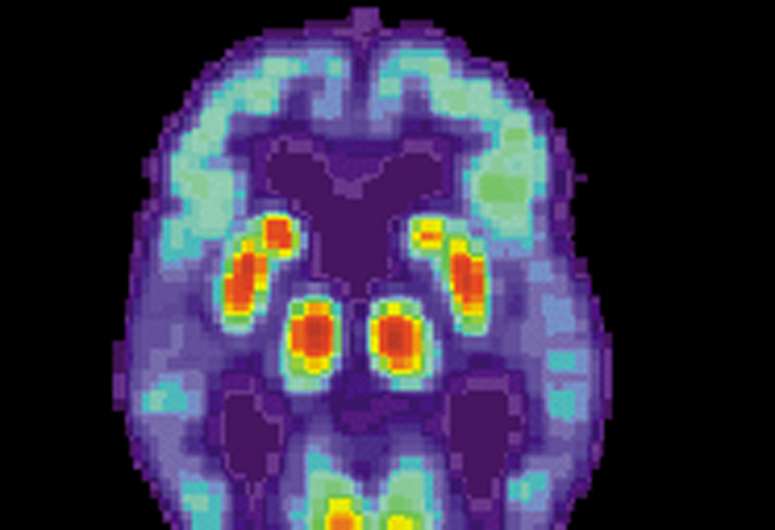Largest genetic database on Alzheimer's disease now re-open for business

The National Institute on Aging Genetics of Alzheimer's Disease Data Storage Site (NIAGADS) will begin making large-scale DNA sequence data available to investigators. The goal is to make Alzheimer's disease-relevant genetic data available to as many investigators as possible to accelerate research. The data will be processed by the Genomic Center for Alzheimer's Disease (GCAD) at the Perelman School of Medicine at the University of Pennsylvania and all sequence and phenotype data will be integrated from different sources, in a process called harmonization, so that investigators can immediately begin analyses.
NIAGADS and GCAD are part of the Penn Neurodegeneration Genomics Center (PNGC), which is a national focal point for Alzheimer's disease genetics research. PNGC, NIAGADS, and GCAD are directed by Gerard Schellenberg, Ph.D., a professor of Pathology and Laboratory Medicine, and Li-San Wang Ph.D., an associate professor of Pathology and Laboratory Medicine.
"Genetic findings for Alzheimer's disease are critical for identifying targets for therapeutic development," Wang said. "Making these data available is particularly important since there is currently no treatment available that prevents or alters the course of this common and devastating disease."
The information being made available is whole-genome sequence data for 5,000 subjects, including Alzheimer's cases and cognitively normal controls from people of European, African American, and Caribbean Hispanic descent. Within a year, data from an additional 20,000 subjects will become available. This effort is part of the Alzheimer's Disease Sequencing Project (ADSP), a National Institute on Aging (NIA) initiative to fully sequence the DNA of as many as 25,000 individuals, including those with Alzheimer's and healthy controls. All sequence and accompanying phenotype data will be harmonized to maximize the utility of data for analyses.
NIAGADS will distribute large data files for sophisticated analyses, which is required for full use of this DNA sequence resource and other resources. Currently, these large datasets are not available through other sites, including the previously used repository called the database of Genotypes and Phenotypes (dbGaP), which no longer accepts certain large sequence files.
NIAGADS is set up with appropriate security to protect confidential data and to distribute these large datasets to qualified investigators. "This large scale sequencing project has stepped up to provide a cloud-based alternative to depositing data in dbGaP for sharing large DNA sequence files," Schellenberg said.
This NIAGADS and PNGC announcement is in conjunction with the Alzheimer's Association International Conference, which is taking place on July 22-26, 2018, in Chicago. Penn researchers are also presenting posters on the new database's contacts and access.
"The genetics data from this immense ethnically diverse population will help identify genetic risk and protective factors for Alzheimer's disease," said Eliezer Masliah, MD, director of the Division of Neuroscience at the NIA. "The release of this data is a critical step in the treatment and prevention of this devastating disease." "We feel this is a major advance in making genetic data available to the research community to maximize sharing for gene and drug discovery," Wang said.




















